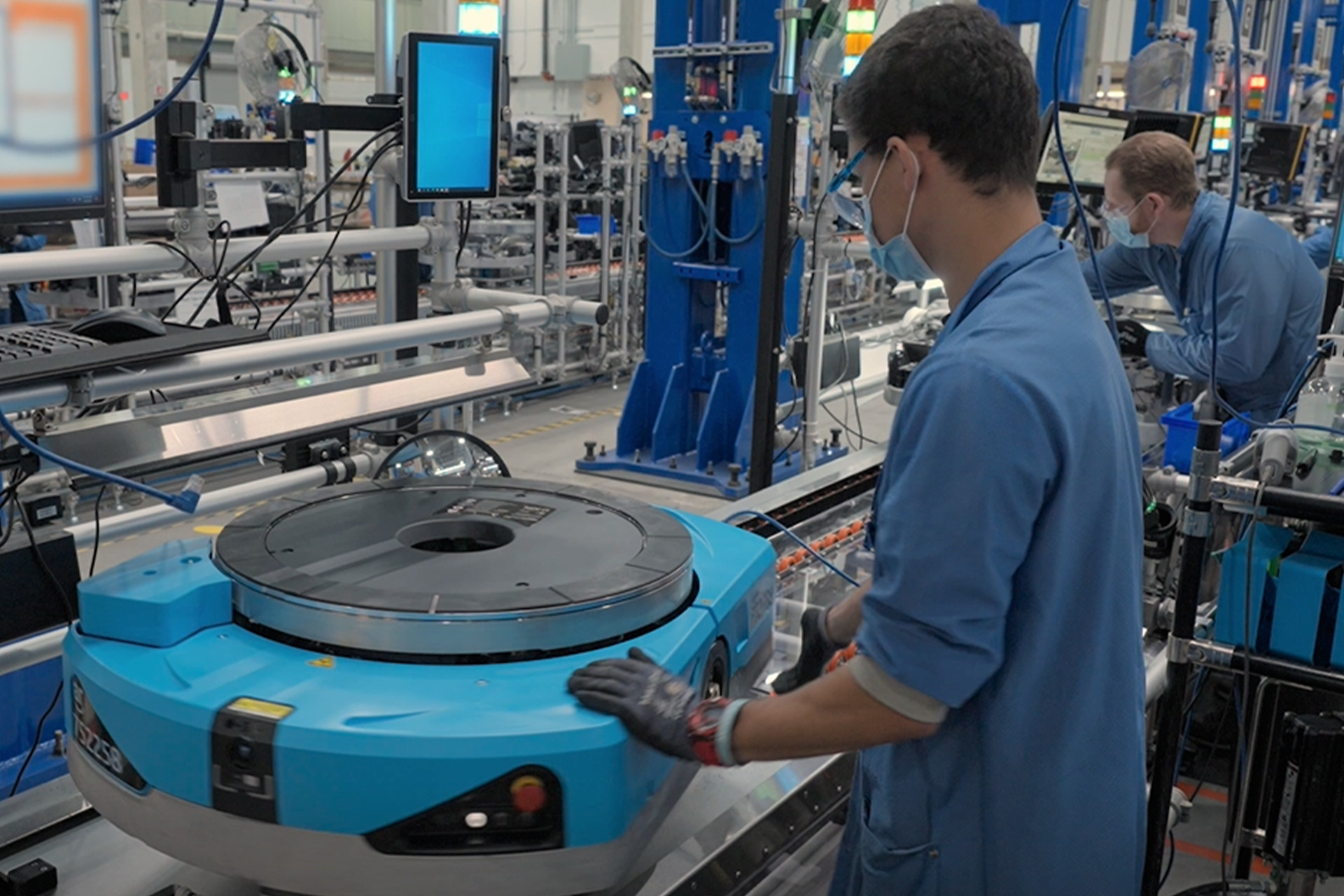According to the Institute for Supply Chain Management, economic activity in the United States manufacturing sector grew in May, with the overall economy achieving a 24th consecutive month of growth.
In introducing the report, Timothy Fiore, ISM Manufacturing Business Survey Committee chair, said:
This is the second-lowest Manufacturing PMI reading since September 2020, when it registered 55.4%. The New Orders Index reading of 55.1% is 1.6 percentage points higher than the 53.5% recorded in April. The Production Index reading of 54.2% is a 0.6-percentage point increase compared to April’s figure of 53.6%. The Prices Index registered 82.2%, down 2.4 percentage points compared to the April figure of 84.6%. The Backlog of Orders Index registered 58.7%, 2.7 percentage points higher than the April reading of 56%. The Employment Index went into contraction territory at 49.6%, 1.3 percentage points lower than the 50.9% recorded in April. The Supplier Deliveries Index reading of 65.7% is 1.5 percentage points lower than the April figure of 67.2%. The Inventories Index registered 55.9%, 4.3 percentage points higher than the April reading of 51.6%. The New Export Orders Index reading of 52.9% is up 0.2 percentage point compared to April’s figure of 52.7%. The Imports Index fell into contraction territory, decreasing 2.7 percentage points to 48.7% from 51.4% in April.
The U.S. manufacturing sector remains in a demand-driven, supply chain-constrained environment. Despite the Employment Index contracting in May, companies improved their progress on addressing moderate-term labor shortages at all tiers of the supply chain, according to Business Survey Committee respondents’ comments. Panelists reported slightly lower rates of quits compared to April. May was a second straight month of slight easing of prices expansion, but instability in global energy markets continues. Surcharge increase activity appears to be stabilizing across all industry sectors. Sentiment remained strongly optimistic regarding demand, with five positive growth comments for every cautious comment. Panelists continue to note supply chain and pricing issues as their biggest concerns. Demand expanded, with the New Orders Index improving, supported by stronger growth of new export orders, Customers’ Inventories Index remaining at a very low level and Backlog of Orders Index increasing. Consumption, measured by the Production and Employment indexes, was mixed during the period, with a combined minus-0.7-percentage point change to the Manufacturing PMI calculation.
The Employment Index contracted after expanding for eight straight months, but panelists indicated improvement in ability to hire in May compared to April. Challenges with turnover, quits and retirements, and resulting backfilling continue to plague efforts to adequately staff organizations but to a slightly lesser extent compared to April. Inputs, expressed as supplier deliveries, inventories and imports, continued to constrain production expansion. The Supplier Deliveries Index indicated deliveries slowed at a slower rate, which was supported by the Inventories Index increase in May. The Imports Index contracted in May after six consecutive months of expansion, reflecting the impact of COVID-19 lockdowns in China. The Prices Index increased for the 24th consecutive month, at a slower rate compared to April.
Fiore stated that all six of the biggest manufacturing industries — Machinery, Computer and Electronic Products, Food, Beverage and Tobacco Products, Transportation Equipment, Petroleum and Coal Products, and Chemical Products — registered moderate-to-strong growth in May.
Overall Fiore said, the manufacturing sector “performed well for the 24th straight month, with demand registering faster month-over-month growth and consumption softening due to labor force constraints. Overseas partners’ disruptions are beginning to impact U.S. manufacturing, creating a near-term headwind for factory output growth. Ten percent of panelists’ general comments expressed difficulty obtaining material from their Asian partners, which will impact reliable deliveries in the summer months.”
He added that 15 manufacturing industries reported growth in May, as listed in descending order: Apparel, Leather and Allied Products, Printing and Related Support Activities, Machinery, Nonmetallic Mineral Products, Computer and Electronic Products, Food, Beverage and Tobacco Products, Transportation Equipment, Paper Products, Petroleum and Coal Products, Plastics and Rubber Products, Fabricated Metal Products, Chemical Products, Miscellaneous Manufacturing, Primary Metals, and Electrical Equipment, Appliances & Components. The only industry reporting a May decrease versus April was Furniture & Related Products.





